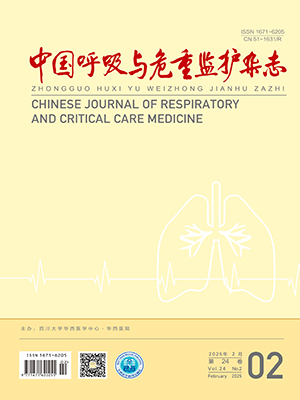| 1. |
Konstantinides SV,Torbicki A,Agnelli G,et al. 2014 ESC guidelines on the diagnosis and management of acute pulmonary embolism. Eur Heart J,2014,35:3033-3073.
|
| 2. |
Piran S,Le Gal G,Wells PS,et al. Outpatient treatment of symptomatic pulmonary embolism:a systematic review and meta-analysis. Thromb Res,2013,132:515-519.
|
| 3. |
Becattini C,Vedovati MC,Agnelli G. Prognostic value of troponins in acute pulmonary embolism:a meta-analysis. Circulation,2007,116:427-433.
|
| 4. |
Zondag W,Kooiman J,Klok FA,et al. Outpatient versus inpatient treatment in patients with pulmonary embolism:a meta-analysis. Eur Respir J,2013,42:134-144.
|
| 5. |
Elf JE,Jögi J,Bajc M. Home treatment of patients with small to medium sized acute pulmonary embolism. J Thromb Thrombolysis,2015,39:166-172.
|
| 6. |
Gallotta G,Palmieri V,Piedimonte V,et al. Increased troponin I predicts in-hospital occurrence of hemodynamic instability in patients with sub-massive or non-massive pulmonary embolism independent to clinical,echocardiographic and laboratory information. Int J Cardiol,2008,124:351-357.
|
| 7. |
Lankeit M,Jimenez D,Kostrubiec M,et al. Predictive value of the high-sensitivity troponin T assay and the simplified pulmonary embolism severity index in hemodynamically stable patients with acute pulmonary embolism:a prospective validation study. Circulation,2011,124:2716-2724.
|
| 8. |
Lankeit M,Friesen D,Aschoff J,et al. Highly sensitive troponin T assay in normotensive patients with acute pulmonary embolism. Eur Heart J,2010,31:1836-1844.
|
| 9. |
Hakemi EU,Alyousef T,Dang G,et al. The prognostic value of undetectable highly sensitive cardiac troponin I in patients with acute pulmonary embolism. Chest,2015,147:685-694.
|




